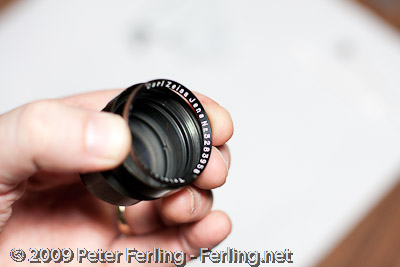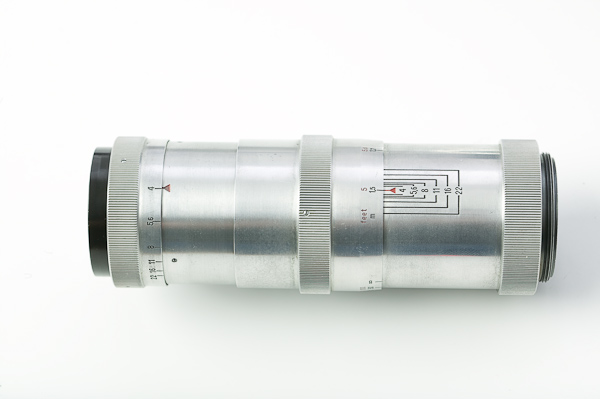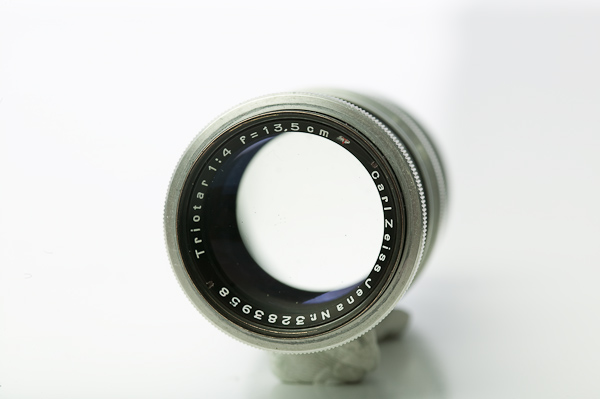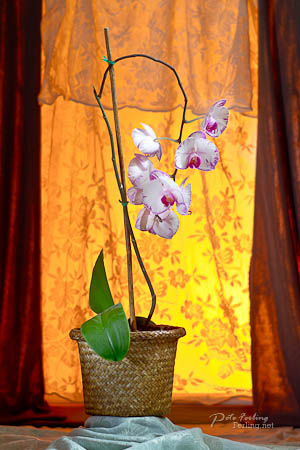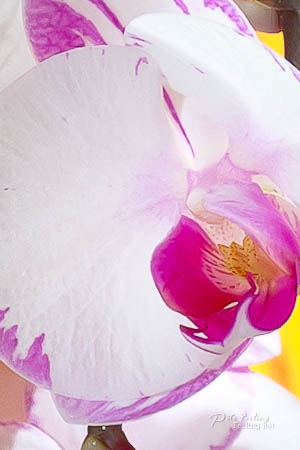
Carl Zeiss Jena 135mm f4 Triotar Red T - Portrait Perfection |
|
|---|---|
 |
|
135mm, 3 Elements, 3 groups, Max f4 aperture. "T" Multicoated lens. Mfg. 1950. I have used a Canon EF 135 f2L, and it's known as one of the best, if not THE best, of all modern portrait lenses. I have shot many photos with that lens and it's disturbingly sharp. However, the Triotar here is of the old Zeiss triplet design (a 3-element lens), which is not well regarded for it's sharpness and was replaced by the 4-element Sonnar. That said, of all the triplets, the 135 Triotar is considered the best. It can be a budget lens (I bagged mine for $21). However, I've seen pristine examples in M42 mount, like this one, offered for over $1000. However, such are pristine examples meant for collectors, and not "user" or "shooter" condition as my example here. So, regarding the EF 135 f2L, why on earth do I want a sixty-year old aluminum can? Because I've read that this particular lens renders some of the nicest and softest portraits around. Having twice the number of aperture blades (15 of them), and 1/2 the weight. I had to at least see it for myself. Upon the conclusion of World War II, Zeiss was split into two factories, east and west. The east labeled their lenses as 'Jena' with "T" coatings, while the West was known as "Opton". Western made lenses were noted to be of higher quality, with chrome plated brass bodies and fetched higher prices. While the East "Jena" were in lesser quality polished aluminum. Thus our sample here is from the East factory. On ebay this lens was described as having a scratch on the front element, and some fogging on the backside of the first element, including somewhat stiff focus, (and no returns accepted). My guess is that many bidders were not willing to take the risk. Fogging can mean a number of things: 2) Lens Separation, where the adhesive between the glass elements breaks down, requiring costly repair, (and it's cheaper to just find better example). 3) Leaching, or out-gassing of the focus helical gear lubricant as it breaks down. The stiff focus was a clue as to condition #3, so I bought it. Upon receiving the lens, although I could see the fogging and a very small scratch, a few test shots informed me that none of these would affect image quality. Never-the-less, I still opened and cleaned the lens.
The lens unassembled. Note the very dirty cotton swab. Also note the blower bulb. Never rub or clean a lens without first blowing off loose and abrasive particles. (Also note the beer needed to calm the nerves).
I also cleaned the remaining elements, including all internal surfaces, and gently rocked the front element back into it's setting, and reseated the retaining ring.
Here you can see the fifteen aperture blade assembly. They are flawless, not a spec of rust or tarnish. (See, take care of your equipment and maybe sixty years later it will pay off for the next owner - as I doubt any of my digital EF lenses would last even twenty!)
A little wad polishing on the metal and she's good as new.
Much nicer. Beautiful. This lens is soft wide open, and the kind of soft that compliments and enhances the translucent properties of skin.
However, stopped down to f8 its very sharp and some shots are comparable to the 135 f2L.
Color reproduction is excellent, and requires little, if any, post correction. I like it.
|





